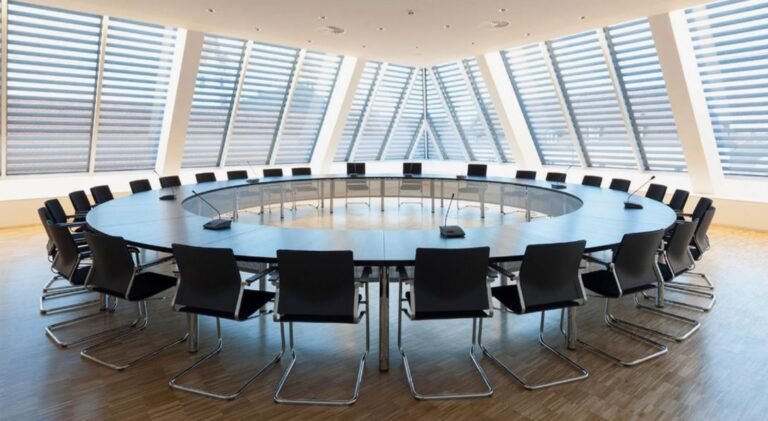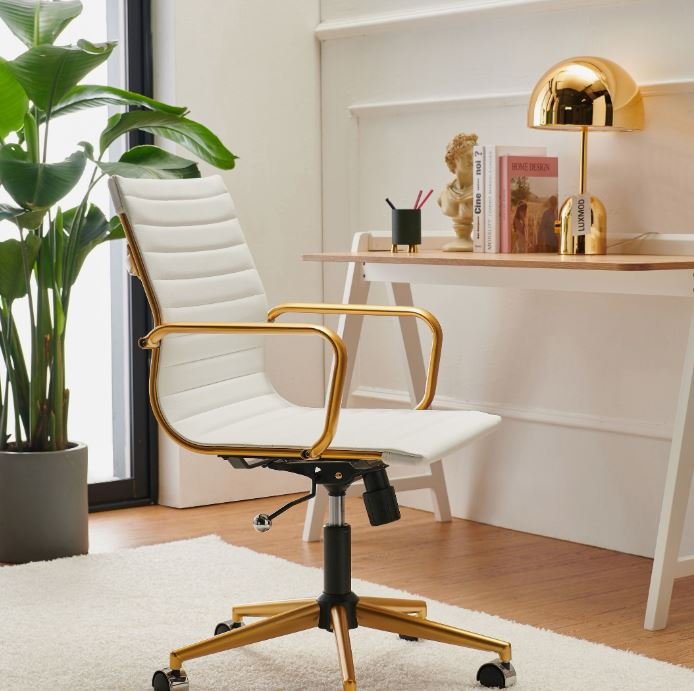Office Desk Setup Ideas for Metro Manila Offices
An Office Desk is more than just a surface to place your laptop or paperwork. It’s a centerpiece that defines your work environment, supports your posture, and influences your daily productivity. Whether you’re furnishing a home office or designing a commercial workspace, selecting the right office desk can make a significant difference in your workflow and comfort. With remote work becoming the norm and hybrid models gaining popularity, more people are investing in personalized workspaces that blend functionality and aesthetics. The desk you choose should reflect your work habits, storage needs, and ergonomic requirements. From traditional rectangular desks to L-shaped setups and standing desks, the variety available in the market allows users to pick according to space availability and individual style preferences.
Key Factors to Consider When Buying an Office Desk
Before making a purchase, it’s crucial to analyze what you need from your office desk. Start by evaluating the amount of workspace you require. Do you need space for dual monitors, documents, and office supplies, or is a minimalist setup more suitable? Think about how much storage is needed—drawers, shelves, and cable management systems can help keep your desk clutter-free. The material of the desk also plays a major role. Wooden desks offer durability and a classic look, while metal or glass desks may appeal to those seeking a modern aesthetic. Additionally, ergonomic considerations are important—look for desks with adjustable heights or those that pair well with ergonomic chairs to support your back and shoulders. Lastly, factor in your office space dimensions to ensure your chosen desk fits comfortably within the room.
The Importance of Ergonomics in an Office Desk Setup
Ergonomics is essential for maintaining long-term physical health, especially when you spend hours at your office desk daily. An ergonomic desk promotes good posture by keeping your screen at eye level and your arms at a 90-degree angle while typing. Standing desks and adjustable desks are gaining popularity for allowing users to alternate between sitting and standing, reducing strain and promoting blood circulation. Adding accessories like monitor risers, keyboard trays, and footrests can enhance the ergonomic experience. When choosing a desk, it’s also wise to consider your chair pairing. Together, the desk and chair should create a balanced setup that minimizes physical discomfort and increases focus and efficiency. Employees or remote workers with the right ergonomic setup experience fewer health issues like neck strain, back pain, or wrist fatigue.
Office Desk Styles to Match Different Workspaces
The modern office desk is available in a variety of styles that cater to different functions and aesthetics. Executive desks are large, sturdy, and suitable for professionals needing ample workspace and storage. They are often used in private offices and offer a commanding presence. Writing desks are minimalist and fit well in smaller spaces, making them ideal for students, writers, or occasional work-from-home setups. L-shaped desks offer a larger surface area, supporting multitasking and dual-monitor configurations. They are especially effective for corner spaces. Standing desks are the latest trend in ergonomic furniture, promoting wellness through posture variation. Reception desks are designed with style and functionality in mind, often used in office lobbies and featuring raised sections for privacy and guest interaction. With so many styles to choose from, selecting a desk that fits your workflow and complements your office décor is easier than ever.
Maximizing Small Spaces with Smart Office Desk Solutions
Not everyone has the luxury of a spacious office, which makes it vital to choose an office desk that fits well in compact areas. Wall-mounted desks and floating desks are excellent choices for tight spaces, allowing you to conserve floor area while still enjoying a functional workspace. Foldable desks or desks with collapsible legs are also popular among people living in apartments or small houses. If storage is an issue, desks with built-in shelves or hutch designs can help organize documents, stationery, and devices without occupying extra space. Multipurpose desks that combine workstations with bookshelves or cabinets serve dual purposes and reduce clutter. Investing in a desk that fits your limited space while maintaining comfort and usability is key to maintaining productivity, even in small setups.
Office Desk Organization Tips for a Clutter-Free Environment
No matter how stylish or ergonomic your office desk is, a messy workspace can hinder your productivity. Keeping your desk organized boosts efficiency and helps create a focused mindset. Start by decluttering—remove items that you don’t use daily. Invest in storage organizers like drawer dividers, pen holders, cable organizers, and file trays. Keep only the essentials on the desk surface, such as your computer, notepad, and a lamp. Use vertical space by adding shelves or wall grids to keep supplies accessible but out of the way. Adopt a clean-desk policy at the end of each day, which encourages tidiness and prepares your space for the next work session. A well-organized desk not only enhances your physical workspace but also improves mental clarity and stress levels.
Choosing the Right Office Desk for Home vs. Corporate Settings
The right office desk varies depending on whether you are working from home or in a traditional office environment. In home offices, space-saving, stylish, and versatile desks are often preferred. Home desks are designed to blend with personal décor and may feature lighter materials and compact forms. On the other hand, corporate office desks are more robust, often standardized in design for uniformity and function. They prioritize storage, connectivity, and ergonomic design to support prolonged work hours and team collaboration. When furnishing a home office, personalization and comfort become key factors, whereas a corporate setting demands durability, scalability, and modularity. Understanding the context of use helps in choosing a desk that not only fits the physical space but also supports the unique needs of the environment.
Trends in Modern Office Desk Design and Innovation
The office desk industry is evolving with innovations in smart design, eco-friendly materials, and tech integration. Smart desks now come equipped with built-in charging ports, wireless charging pads, and even app-controlled height adjustments. Eco-conscious brands are offering desks made from recycled wood, bamboo, or sustainable materials to meet green certification standards. Modular desks are also trending, allowing users to customize features like drawers, shelves, or monitor mounts as per their needs. Transparent acrylic desks and minimalistic metal designs are preferred in contemporary settings, offering a clean and airy feel. The blending of form and function is driving desk innovation, ensuring that today’s desks are more than just workstations—they’re productivity tools, health enhancers, and style statements.
Conclusion: Find the Ideal Office Desk to Enhance Your Workspace
In summary, choosing the right office desk requires a thoughtful evaluation of space, style, ergonomic needs, and personal preferences. A well-chosen desk boosts productivity, improves posture, and enhances the aesthetics of your workspace. Whether you’re furnishing a home office or a professional setting, the right desk supports your workflow and contributes to a more organized and efficient environment. Take the time to research and invest in a desk that serves both form and function. With the vast options available today, finding a solution that fits your lifestyle and workspace is not only possible but exciting.







